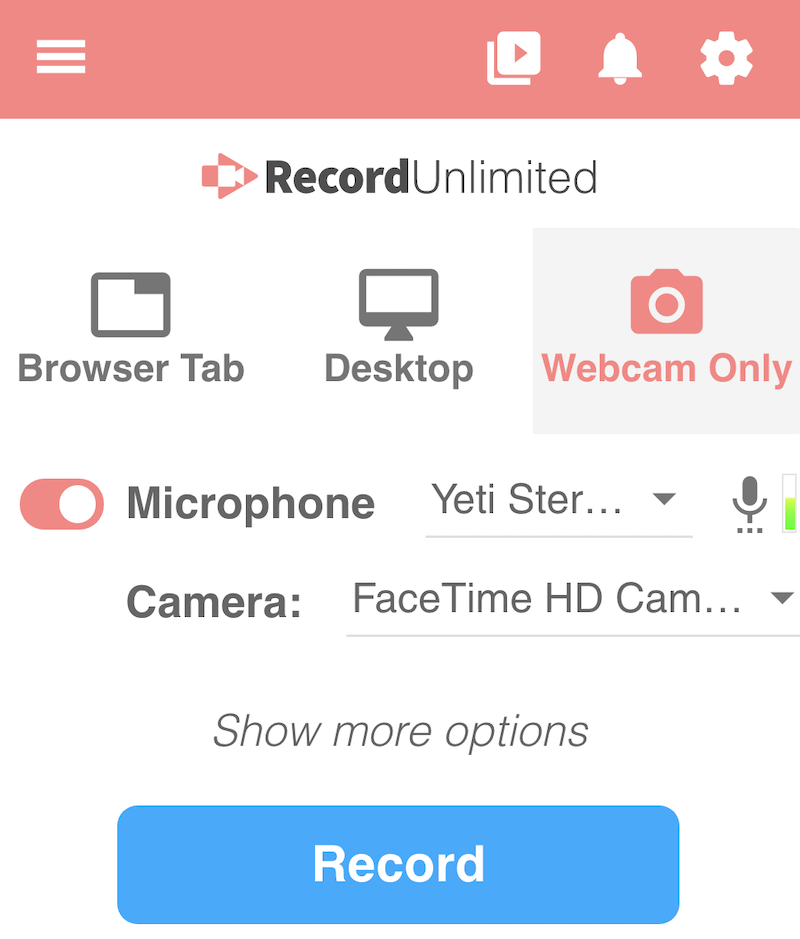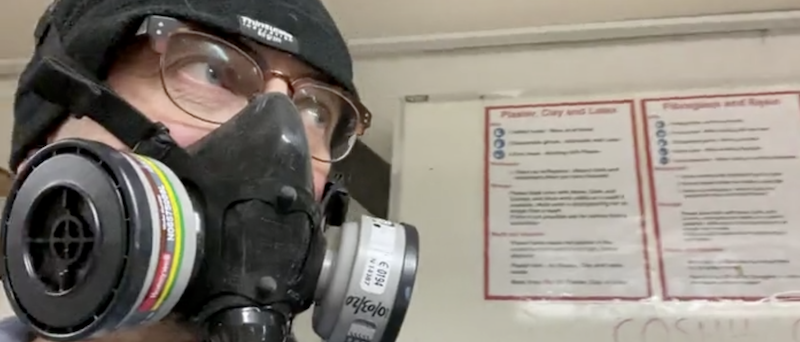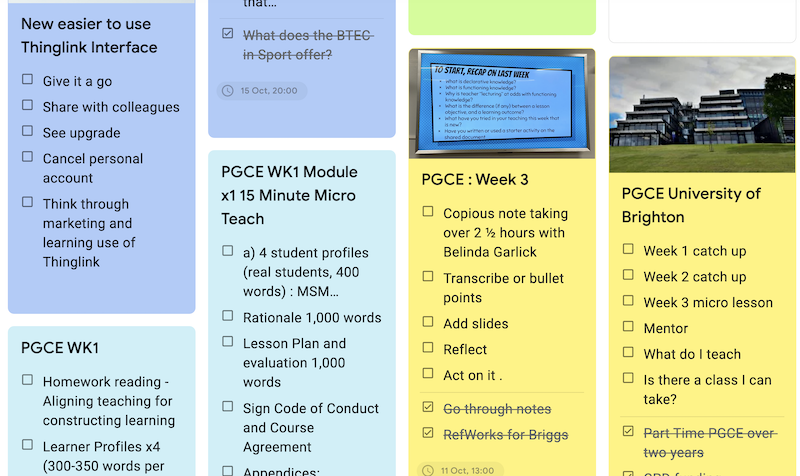
To get their attention at the start of the class and to get them thinking I showed a series of artworks by Jean-Michel Basquiat. In part this played into the final task of the module which is to create a ‘Poster’ which will be part drawing, part text, diagram and infographic but it also introduced today’s theme on mental welfare and the mind.
I used this quote from Jean-Michel Basquiat.
“I don't think about art while I work. I try to think about life.” (Basquiat, 1986)
I also pointed out that Basquiat died of a heroin overdose when he was 27 and so introduced the theme of mental well-being and the way we cope with stress.
A student suggested that as well as writing down mechanisms of coping with stress, we also included ‘how not to … ‘ to which the class put ‘alcohol’ and ‘drugs while also recognising that silence, or ‘going crazy or being aggressive was not a solution. This related back to Basquait, who we understand was “attracted to intelligence more than anything and to pain” and the Laurie Anderson quote from Radio 6 Music on an uncle who went ‘crazy in the attic’ for three years suffering from ‘shell-shock’. (Anderson 2021)
Throughout I wanted to make use of the evidence-based research of Dylan William (2017) regarding formative assessment, especially on the ‘Five Key Stages of Formative Assessment”. (Wilaim, p.11) With this in mind, the first step was ‘Clarifying, sharing and understanding learning intentions and success criteria’. (Wiliam, p.11)
The goal of this class was stated within the context of the end of the module task to create a poster. That by the end of this session students would understand how all the previous sessions on the hands, feet and face would fit together. I took an A3 sheet and drew up my impression of one approach for this poster: a roughly sketched human figure with head, hands and feet, with elements from each mind map added to, in turn, a hand, a foot, the face and the mind/brain. It was also suggested that the page might be split left and right between how personal hygiene protects you on one side of the page while looking at how personal hygiene protects others on the other side.
Having got them to write ‘mind’ or ‘brain’ in the centre of an A3 sheet we then recapped the set of enquiry questions we have used before: Who? What? Where? When? Why? How? I took this opportunity to try the technique proposed by Wiliam (2017, p.126) he learnt from a teacher called ‘Pose-pause-pounce-bounce. Here I would Pose > a question, ‘Pause’ 3 seconds for a response, then ‘Pounce’ on someone else who would hopely provide a response and then go back to the original person to seek confirmation and clarification. In the moment, despite having these steps written out, I found I would pose a question, not give adequate pause, pick someone else who may not reply either then fall back on taking a response from someone who was ready with an answer. I then missed the chance to go back to the person to whom the question was first put. To achieve this in future I should slow down, as I still don’t know the students, I should use the floor plan, and be quite specific about marking down who is asked the first question and even use arrows to point back to them once I have moved on. This floor plan should also show the layout from the teacher’s perspective from Front to Back to make it easy to use.
I also used a phrasing technique that is also suggested in Wiliam (2017, p.104) “to help students understand and achieve learning intentions”. This is known as WALT, WILF and TIB as in “We are learning …” “What I’m looking for …” and “This is because …”. I found I use the second of these most frequently so that I could take any discussion back to the task of this session and the end of module poster assignment.
I realised after the event the value of each student having a chrome book and access to the Internet as when being taught remotely this formed an important part of the class as they were expected to do their own research, ideally looking at Medical News Today and other reliable sources of information, as well as creating a Pinterest gallery of visual ideas. The issue in class, which may have been the same when working from home, would have been to have had a surface large enough, such as a kitchen table rather than a small desk, or working from a laptop, tablet of phone so that they could do their mind map. I also realise that I naturally worked on an A3 sheet clipped to a drawing board while they were working with whatever pad of paper came to hand.
Regarding access to the Internet I should also have encouraged those who had used the App Simple Mind to continue to do so, while introducing Google Draw, Adobe Spark and Canva as additional tools they could use for the end of module assignment > a poster.
I could have prepared in advance a short introduction to the brain/mind - indeed there are surely many on YouTube that are suitable. We should be amazed at the 86 billion neurons and our capacity to think and feel - wherein lies the problem when it comes to mental wellbeing.
I repeatedly tried to bring the topic back to Mental Health and Uniformed Services looking at the topic from the perspective of your own mental health and that of others. Three clips were used. In the case of content from Twitter I talked through a short exchange on different kinds of trauma from a Clinical Psychologist and someone sharing their state of depression. I had a short piece from Radio 6 Music with Laurie Anderson talking about an uncle who spent three years ‘going crazy’ in their attic from ‘Shell Shock’.
In this way an attempt was made to get a discussion going on Post Traumatic Stress Disorder (PTSD) for example around questions on rape, compared to anxiety and depression. We also considered how an individual copes with PTSD, anxiety and depression. A range of responses were given: talk to others, seek professional help, relax with music, a walk or playing electronic games. However, it was a struggle, now that I could see the students in front of me, to get them to take all of these opportunities to jot things down on their mind map. Time and time again with the video clips it was as if the default practice was ‘put your pens down, look at the screen’, rather than listen and take notes.
Whereas working online, 90 minutes at a time, we could take a 20 minute period to work on producing the mind map, here it was kept to 15 minutes. Here at least I could go around, see what they were doing and guide them. It was surprising how little was being done in some instances, that the repeated opportunities to add detail from the information provided were being missed.
With the one to one the opportunity came for immediate spoken feedback. Here I took note of Knowles (1980) regarding using non-judgemental feedback. Although the students are young adults, age 17 typically, I felt that an approach developed in adult-learning would be most helpful - after all these young people are in an FE college, not school.
Ample time was given to students to respond to my questions with the expectation that other students would be listening, taking notes on their mind map and contributing. I would have liked to have given a short insight into concepts such as ‘positivity’, Kolb’s spiral (Kolb, 1984 ) being ‘In The Flow’ (Cskiszentmihalyi, 1990) and motivation coming from a good coach. We did discuss mindfulness and the website Medical News Today was once again offered as a reliable, uptodate and clear source for research.
REFERENCES
Basquiat, J-M (1986) Quoted in the New Yorker. Wikipedia (URL) (accessed 11 March 2021) Interview with writer Isabelle Graw in 1986. Jean-Michael Basquiat on How to be an Artist on website Artsy > https://www.artsy.net/article/artsy-editorial-artist-jean-michel-basquiat (accessed 11 March 2021)
BBC Radio 6 Music - The First Time … Laurie Anderson talks to Matt Everitt (accessessed 14 March 2021 https://www.bbc.co.uk/programmes/m000sqnr )
Cskiszentmihalyi, M. (1990) Flow: The Psychology of Optimal Experience. New York. Harper & Row.
Knowles, M.S. (1980) The Modern Practice of Adult Education: From pedagogy to andragogy (revised and updated). Chicago, IL: Association : Revised Second Edition.
Kolb, D.A. (1984) Experiential Learning: Experience as the source of learning and development. Reprint electronically produced by permission of Pearson Education Inc., New York (First Edition).
Medical News Today. Medical website. Accessed 11 March 2021 https://www.medicalnewstoday.com/
William.D (2017) Embedded Formative Assessment: (Strategies for Classroom Assessment That Drives Student Engagement and Learning) (The New Art and Science of Teaching) : Second Edition
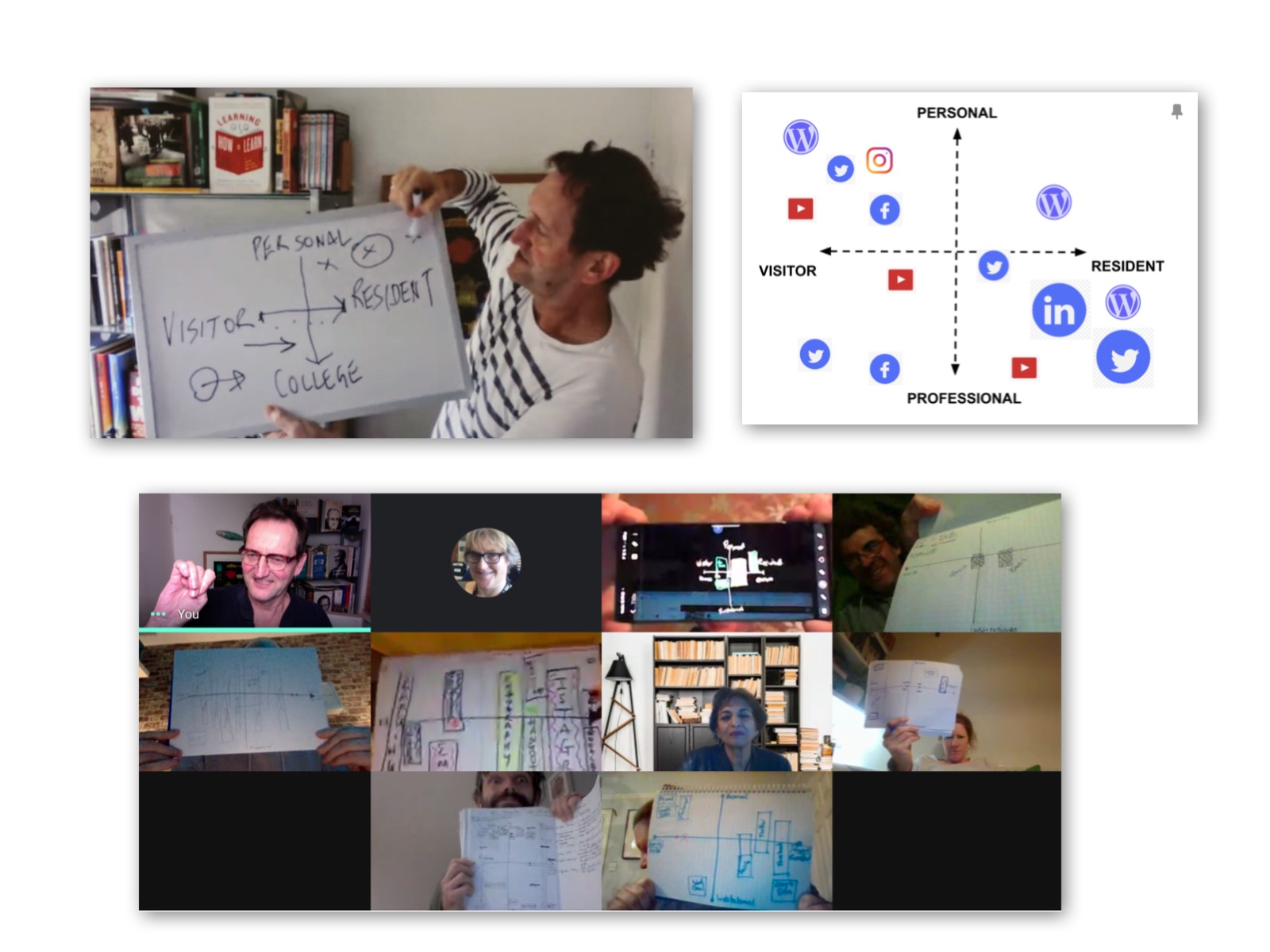
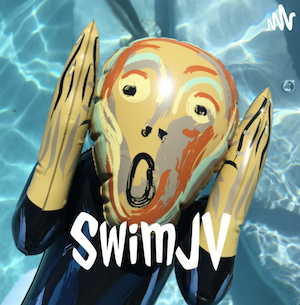

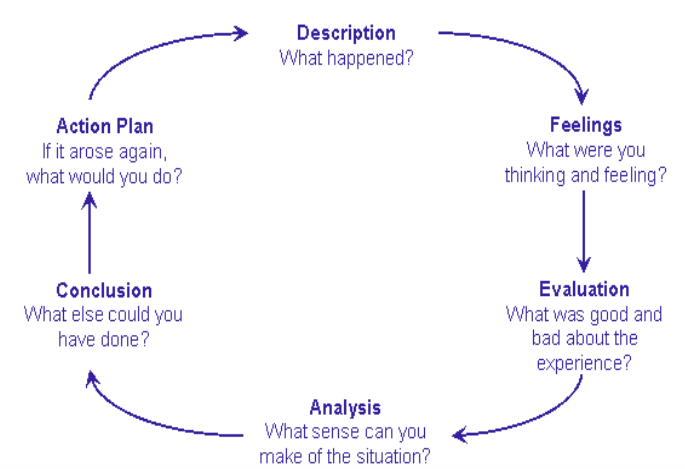
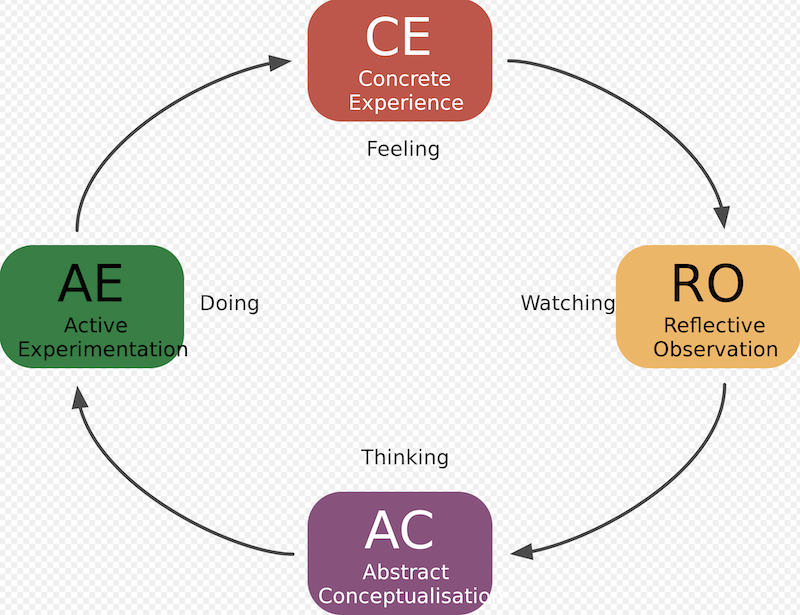
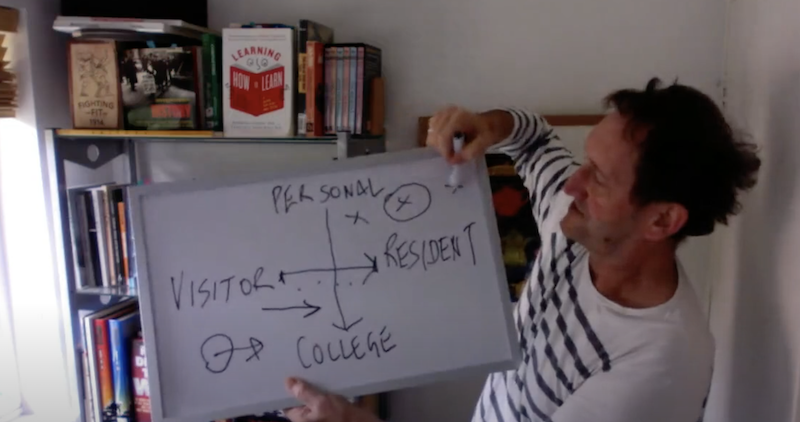
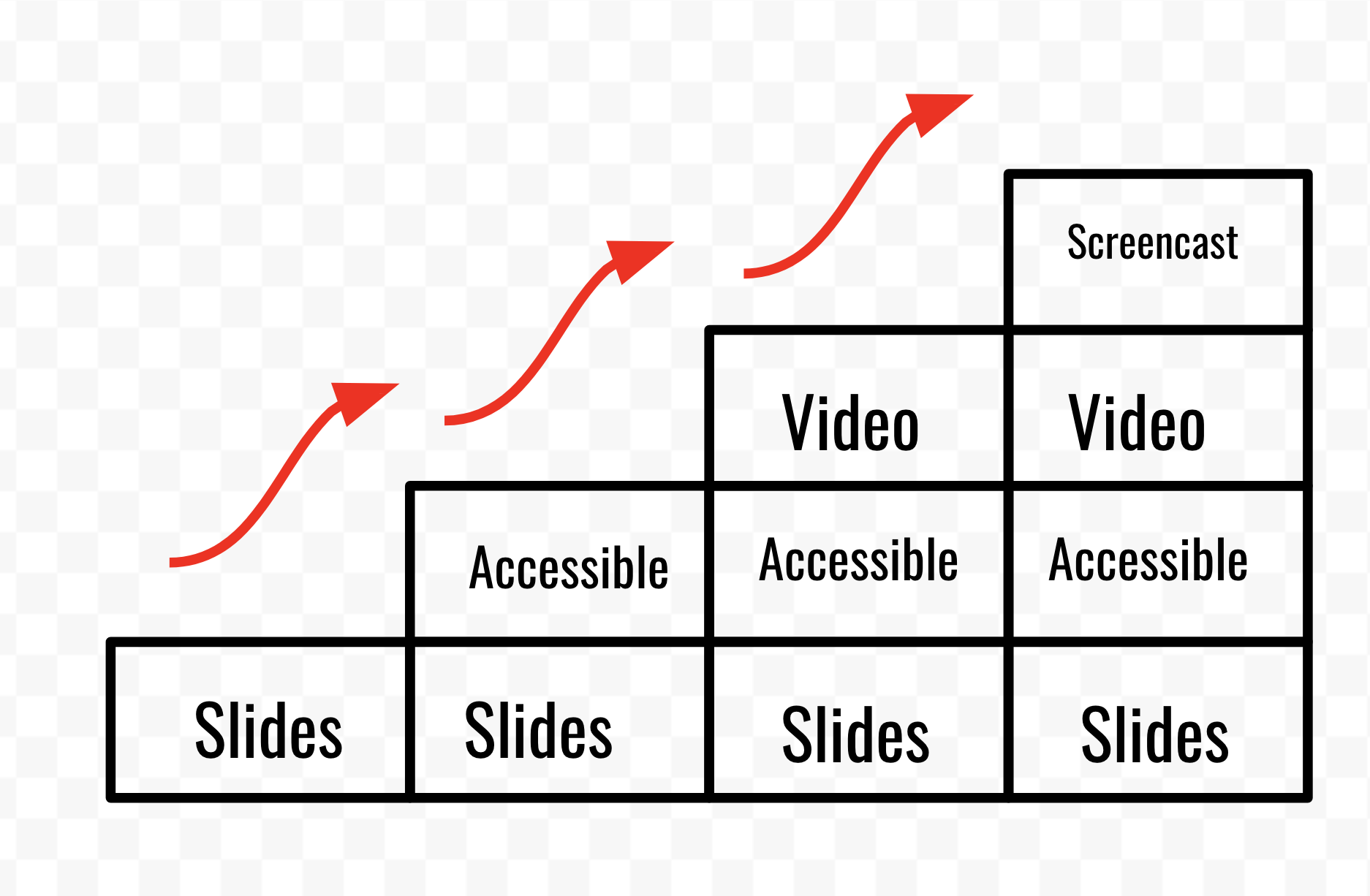

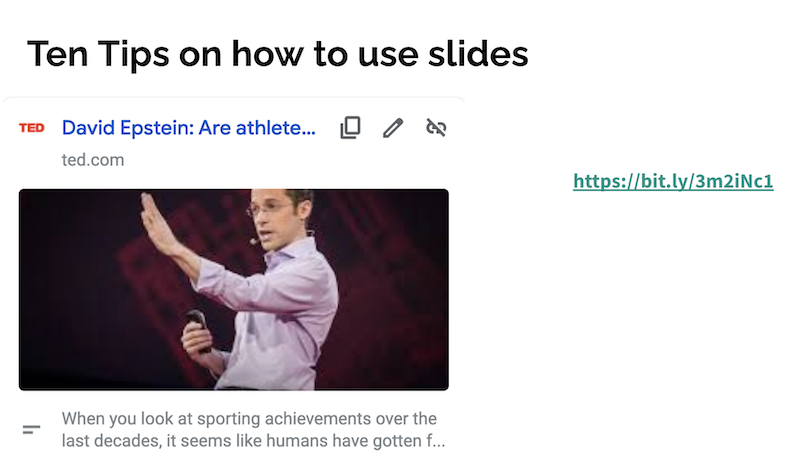
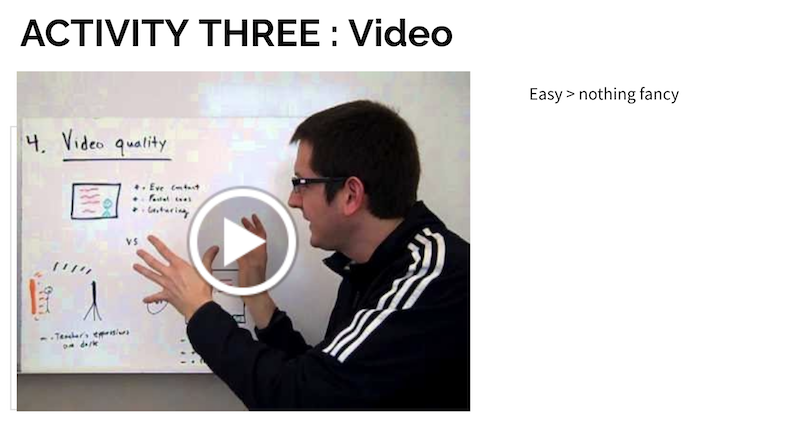 Activity Three I want to replace with my own video so from the outset the message is for students rather than me saying that they should hear 'student' every time the presenter says 'Teacher'. Also to diminish the negativity on some slide presentation types than might be overly reliant on the slides and the handouts rather than students taking notes. Taking notes is a totally foreign concept, not even students who may benefit from recording audio or video so they have something to play back. I nabbed this
Activity Three I want to replace with my own video so from the outset the message is for students rather than me saying that they should hear 'student' every time the presenter says 'Teacher'. Also to diminish the negativity on some slide presentation types than might be overly reliant on the slides and the handouts rather than students taking notes. Taking notes is a totally foreign concept, not even students who may benefit from recording audio or video so they have something to play back. I nabbed this 